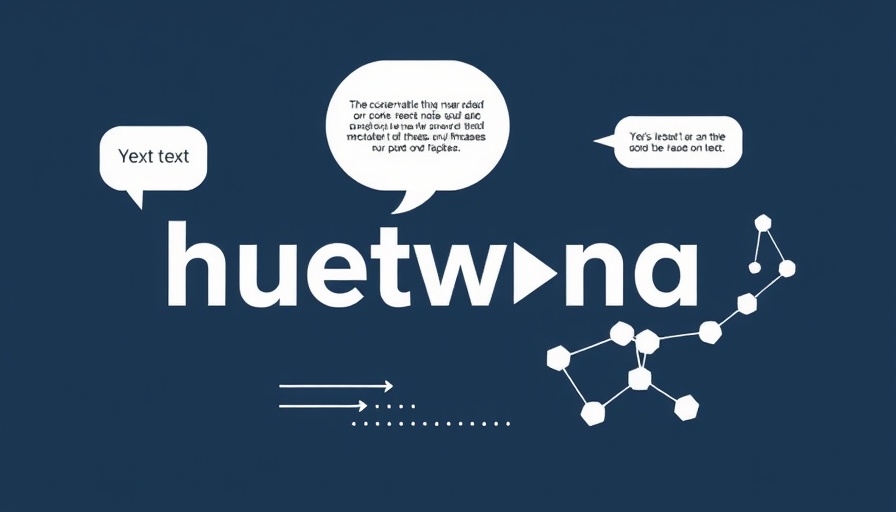
Understanding Text Representation in AI
In the realm of artificial intelligence, comprehending human language's intricacies is crucial. The distinction between phrases like “I’m feeling blue today” and “I painted the fence blue” showcases a significant challenge: how can machines discern context? Traditional methods failed to address this, but advancements such as text vectorization and word embedding provide us new pathways towards understanding language.
Decoding Text Vectorization
Text vectorization refers to the transformative process of converting words, entire sentences, or documents into numerical formats that machines can interpret. This conversion acts as a bridge translating our complex language into a structured, numerical representation essential for machine learning. By utilizing these numerical formats, AI systems can accomplish various invaluable tasks, including enhancing search engines, powering spam filters, and enabling virtual assistants to better respond to natural language inquiries.
Different Methods of Text Vectorization
A few conventional techniques have emerged in the field of text vectorization, each serving unique purposes, but they all ultimately aim at transforming language into a machine-readable format.
One-hot Encoding: The Basics
One-hot encoding provides a foundational approach to text vectorization. This technique involves creating a binary vector for each word in a vocabulary. For instance, given a vocabulary of three words: "dog," "cat," and "bird," the encoding would look like this: "dog" becomes [1,0,0], "cat" becomes [0,1,0], and "bird" turns into [0,0,1]. Though straightforward, one-hot encoding leads to sparse data representation and fails to capture the semantic relationships between words.
Bag-of-Words: Counting Words
The Bag-of-Words (BoW) model builds on the one-hot encoding approach by counting word frequency within documents. Each unique word corresponds to a position in a vector, which is populated based on occurrences in a specific text. This system, while simple, overlooks meaningful context; phrases like “cake recipe” and “recipe cake” are treated the same, missing crucial distinctions.
TF-IDF: Weighting Words
To address the limitations of the BoW model, TF-IDF (Term Frequency-Inverse Document Frequency) emerges as a valuable enhancement. This technique assigns weight to words based on their presence in a particular document relative to a broader corpus. This way, common words that typically clutter data do not overshadow unique, meaningful phrases that truly convey the document's essence.
Implications and Future Trends in AI Language Processing
The evolution of text vectorization techniques directly aligns with the strides being made in artificial intelligence and machine learning. As we devise methods that enhance the nuances of human language in numerical format, applications grow exponentially—from improving search accuracy on major platforms to developing more responsive virtual companions.
Current AI Applications
Today, these advancements facilitate seamless interactions between humans and technology. Chatbots, language translation software, and even data-driven SEO tools utilize these techniques to better understand and respond to user intents. The tangible benefits of these innovations enhance everyday tools and will reshape how we interact with information.
Conclusion: The Road Ahead
As we continue exploring the capabilities of word embedding and text vectorization, it's vital for tech enthusiasts and professionals alike to stay entrenched in AI trends. By understanding these foundational concepts, we position ourselves to better integrate and leverage these technologies across various fields. To further engage with the frontiers of machine learning and AI development, follow the latest tech news and embrace the innovations reshaping our world.
 Add Row
Add Row  Add
Add 



Write A Comment